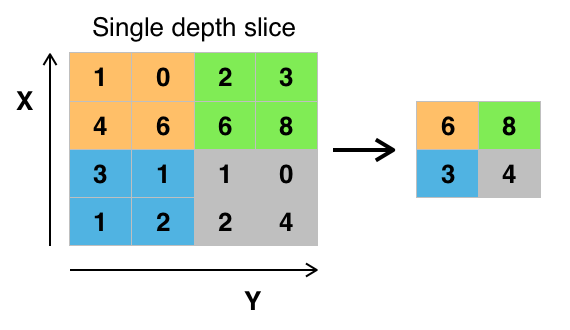





An intelligent personal assistant (IPA) is software designed to aid people using Natural Language Programming (NLP) and Natural Language Generation (NLG) in public and private scenarios. Online resources answer a user's questions about the weather or traffic conditions, to answer similar information-based queries.IPA’s provide calendar or meeting reminders, play music, health monitoring and alerts via certain apps and feature IoT integration. (Lopatovska, 2019). IPA’s offer accessibility to digital resources and services, support for speech therapy and other daily needs to the disabled or visually impaired users making its use available to any user. IPA AI has a low error rate compared to humans if coded correctly. This presents a tool with extreme precision, accuracy and speed.In a business perspective, IPA’s several options to provide greater efficiency. Smart workflows with end to end tracking of the system and human handovers providing data on bottlenecks and enhancing process visibility. Interpreting text-heavy communications and understanding communication intent with NLP.Technology combining machine learning with NLG building virtual workforces capable of intelligent task execution such as customer engagement suggestions to supervisors form cognitive agents. (Lopatovska, 2019).
Symbolic Processing has been used extensively in the development of A.I. since 1950. Based on the theory that intelligence can be achieved through the manipulation of symbols. This processing has led to significant advances in Cognitive Science and is known as traditional AI. (Honavar, 1995) AI processes symbols rather than numbers or letters. In this approach, AI process strings of characters that represent real-world concepts. Symbols can be arranged in lists, hierarchies and networks. Theses lists show how symbols relate to each other forming patterns in an easy to read form. IBM’s Deep Blue AI beat chess champion, Kasparov, in 1997 using Symbolic Processing. The combination of Neural Networks and Symbolic AI hopes to create a hybrid system known as Neuro-Symbolic Concept Learner (NSCL) by MIT and IBM Labs. It aims to answer visual based questions learning new tasks with fewer data required leading towards more explainable answers. The future of this technology is to develop AI capable of ‘reason’ and ‘learn’ functionalities. Today the leading path is symbolic AI dealing with issues that require logical thinking and the presentation of knowledge. (Honavar, 1995).
A deep neural network or (DNN) is a virtual network with millions of layers between the input data and output data layers. Using mathematical manipulation, the DNN turns the input value into the output, whether it be of a liner or a non-linear relationship. (Lingjie, 2018). The network sorts through the layers of datasets calculating the probability of each output. Each problem solved as is considered a layer, and a complex DNN has many layers, hence the name "deep" networks. With this unique technology available, it has integrated into our lives without hesitation. Some examples of DNN use are Speech Recognition, Image Recognition and Natural Language Processing. These examples can be found using google through different devices. Our phone allows us to search a topic via a picture, a voice command or even handwriting a question. DNN is used in fraud detection systems used in everyday transactions spotting patterns and relationships in transactions, learning techniques and anomaly detection. (Noorani 2018, p. 124-131).